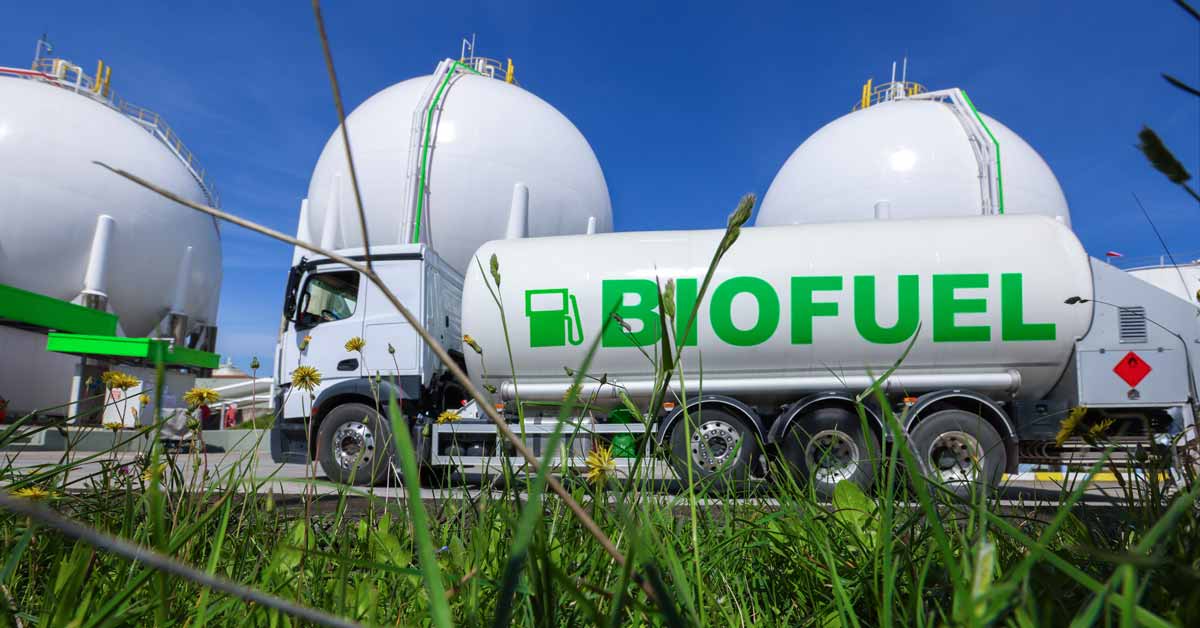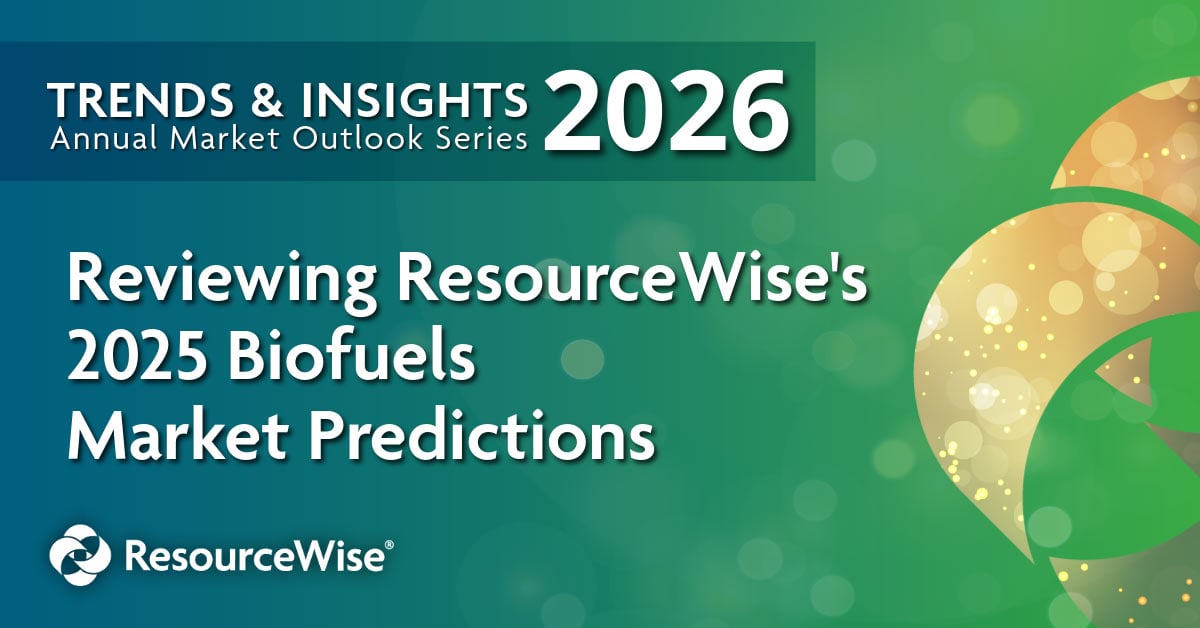3 min read
A New Green Gold Rush: What Microsoft’s CO280 Deal Means for the Pulp and Paper Industry
ResourceWise
:
Apr 28, 2025 2:50:59 PM

In a major move that underscores the growing momentum in the carbon dioxide removal (CDR) market, Microsoft has signed a landmark 12-year agreement with CO280 to purchase approximately 3.7 million metric tons of carbon removal credits.
The scale of this commitment reflects growing confidence in the scalability of engineered carbon removal technologies, particularly those with industrial applications such as pulp and paper.
According to CO280's official announcement, the agreement will support the company's strategy of capturing and permanently storing biogenic CO2 emissions from U.S. pulp and paper mills. These emissions, which result from the combustion of black liquor during the kraft pulping process, are typically considered carbon neutral. CO280 takes this a step further by capturing and injecting the CO2 into geological formations, making the process carbon negative.
Microsoft's purchase commitment will span 12 years, with initial delivery volumes anticipated in 2029.
Let's unpack what this could mean for the pulp and paper industry's future.
Turning Carbon into Cash: The Profit Potential for Pulp and Paper
This deal—one of the largest ever for engineered carbon removal—validates the role of bioenergy with carbon capture and storage (BECCS) in addressing climate change. But beyond its environmental value, it opens up significant economic opportunities for pulp and paper producers.
The financial upside is notable. Current voluntary carbon market prices for high-quality removals such as BECCS range from roughly $100 to $300 per ton, depending on verification and durability standards. For a mid-size pulp and paper mill with sufficient biogenic emissions and proximity to geological storage, this could translate into tens of millions in new annual revenue.
Importantly, this transformation doesn't necessarily require a complete overhaul of operations. By partnering with CDR specialists like CO280, mills can retrofit existing infrastructure with modular carbon capture units, such as those developed by SLB and Aker Carbon Capture. CO280 also assists with certification, validation, and carbon market participation, reducing the burden on mill operators.
This convergence of technology, market readiness, and policy support offers a rare combination of environmental benefit and commercial viability for mills aiming to future-proof their businesses.
A Domino Effect: Will Other Tech Giants Follow Microsoft?
Microsoft isn't the only major player investing in carbon removal. Companies like Amazon, Google, Meta, and Shopify are also pursuing aggressive climate goals, including carbon neutrality and carbon negativity. Microsoft's partnership with CO280 could spark a wave of similar deals, accelerating demand for scalable, verifiable carbon removal solutions.
Pulp and paper companies, uniquely positioned with biogenic emissions and existing energy infrastructure, could become key participants in the industrial CDR ecosystem. The shift from carbon emitters to carbon removal hubs could redefine the industry's role in the global climate response and improve perceptions among regulators, investors, and customers alike.
How Can Pulp and Paper Companies Capitalize?
-
Assess Feedstock and Emissions: Audit black liquor and biomass waste streams to determine CO2 removal potential.
-
Evaluate Site Readiness: Proximity to suitable geological storage and regulatory frameworks is essential.
-
Partner with CDR Experts: Firms like CO280 offer end-to-end support from technical feasibility to carbon credit generation.
-
Move Early: Early adopters may secure better terms, access premium credit prices, and benefit from first-mover visibility.
-
Position as a Carbon-Negative Producer: This can enhance brand reputation, improve ESG metrics, and unlock new financing channels.
Looking Ahead: A New Role for Pulp and Paper in Climate Innovation
Microsoft's CO280 deal isn't just good news for the climate—it signals a turning point for the pulp and paper sector. By aligning long-term economic incentives with deep decarbonization, this agreement demonstrates how legacy industries can lead in climate innovation.
For pulp and paper producers, this moment offers an opportunity to rethink their role in the evolving carbon economy. As more companies explore permanent carbon removal, those equipped to deliver it—through existing infrastructure and biogenic emissions—may find themselves at the forefront of a transformative shift.
For industry leaders, policymakers, and market participants, the key now is to stay informed, evaluate readiness, and explore partnerships that bridge today's operations with tomorrow's climate goals.
Want to Learn More?
To better understand the rapidly evolving CDR market, including where pulp and paper fit in, check out our on-demand webinar featuring Matthew Stone, ResourceWise's VP of Business Development. The session explores key technologies, market trends, and the strategies companies are using to lead in carbon removal.
Watch the webinar to gain insight into how your business can engage with these emerging opportunities.





